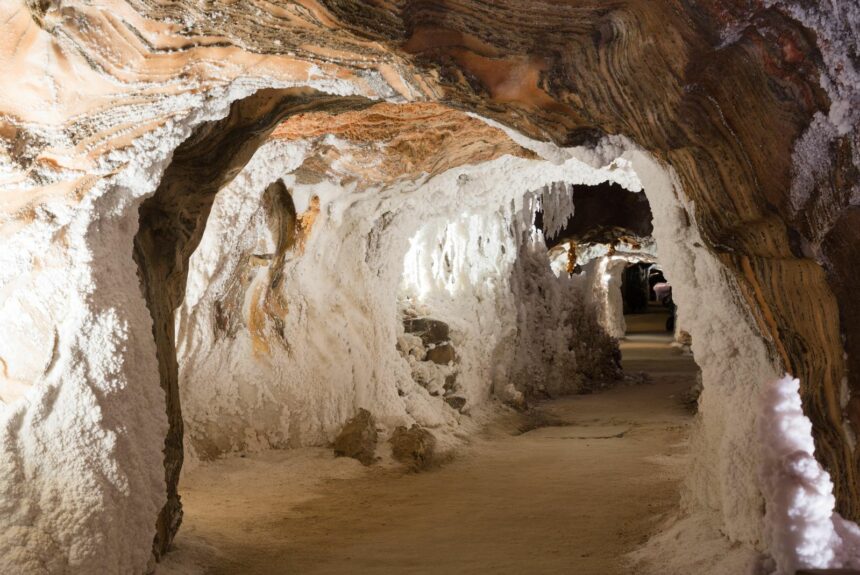As wind and solar become larger shares of America’s power generation, the private sector is advancing solutions to address the intermittency of these power sources. While lithium-ion batteries are a leading technology, startups are also creating designs that use clay bricks to store heat for industrial processes and storage systems that rely on abundant metals like zinc. As the need for energy storage increases, companies are also looking underground to meet future power needs.
>>>READ: e-Zinc Offers Solution to Long-Duration Energy Storage Challenge
Underground salt caverns are one promising avenue to meet the energy demand of the future. Predominantly located in Gulf Coast states, salt caverns mostly house oil reserves for emergency use (the Strategic Petroleum Reserve). These unique geological repositories could be a useful mechanism to store clean energy.
Here’s how it works: after locating a salt dome, companies drill a mile underground to reach it. After drilling is complete, engineers flush the hole with water to slowly erode the salt deposit to form a cavern. Hydrogen gas produced from renewable energy sources via electrolysis is then pumped into these salt caverns and stored until it is needed in power generation or manufacturing.
The potential capacity of salt cavern storage is enormous. A single cavern planned for the Advanced Clean Energy Storage ACES project in Delta, Utah will be able to store over three times more energy than all the utility-scale batteries installed in the U.S., according to The Wall Street Journal.
Green Hydrogen International, which is working on an underground storage project In South Texas, estimates that using batteries alone for the amount of storage it expects to generate would require over 38,500 Tesla Megapacks and cost $59 billion. Green Hydrogen’s salt caverns, on the other hand, have a projected cost of $150 million, according to the company.
>>>READ: Is An Underground Hydrogen Boom Coming?
“What we’re trying to do is take renewables and make them oil-and-gas scale,” Brian Maxwell, CEO of Green Hydrogen International, told The Wall Street Journal. “You think of [the caverns] as a big underground battery.”
Outside of salt caverns, another innovative solution comes from Renewell, a company based in Bakersfield, California. The startup is transforming idle oil and gas wells into gravity energy storage systems. The U.S. has as many as three million abandoned wells which are environmentally hazardous and emit planet-warming methane into the atmosphere.
Renewell’s patented technology, Gravity Well, suspends a 3,000-pound weight in these wells using a cable. To store energy, excess electricity from renewables raises the weight. Then, when that energy is needed, the weight is lowered, discharging the stored potential energy back to the grid.
The benefits of Renewell’s approach are compelling. At scale, they estimate the energy storage cost at just $5 per kilowatt-hour (kWh), a tiny fraction of current battery costs which hit a record low of $139 per kWh in 2023. By using existing energy infrastructure, the company can scale up its solution quickly and does not need to build additional energy facilities.
The company has partnered with the Department of Energy’s National Renewable Energy Laboratory and Advanced Research Projects Agency-Energy to deploy its gravity energy storage systems in the U.S. Renewell hopes to commercially deploy 25 of its storage rigs by the end of 2025.
As energy demand increases and regulators warn about grid reliability, underground storage may have an important role to play in shoring up the grid and keeping energy affordable.
The views and opinions expressed are those of the author’s and do not necessarily reflect the official policy or position of C3.
